
Backpacks
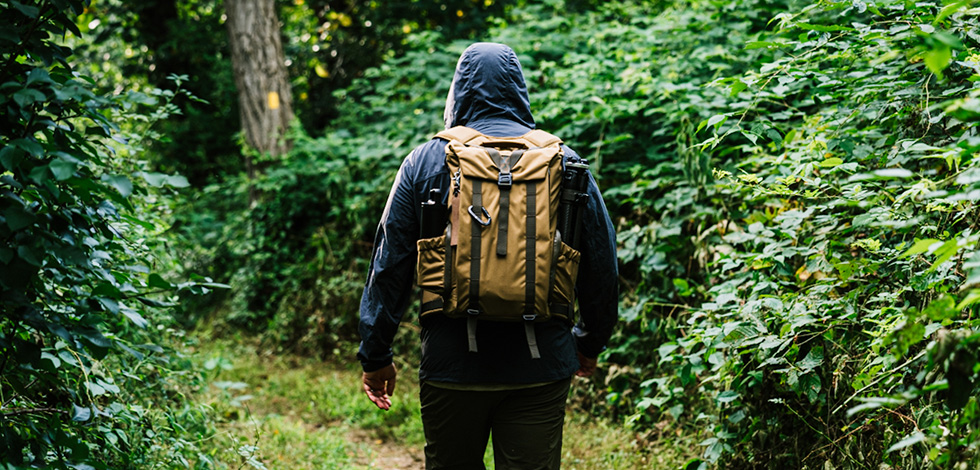
WOTANCRAFT are back again with another excellent redesign of an old favourite. Let’s dig into the new WOTANCRAFT Pilot Travel Camera Backpack.
Specifications
- Name: New Pilot Travel Camera Backpack
- Brand: WOTANCRAFT
- Format: Backpack
- Measurement: 28 x 45 x 16 cm / 11 x 17.7 x 6.3 inch
- Capacity: 18L
- Weight: With dividers: ± 1570 g / 3.461 lbs; Without dividers: ± 1490 g / 3.285 lbs
- Zippers: YKK water-resistant zippers
- Material: Wotancraft Duelcoat Fabric
- PriceUS$249
Who It Suits
Modularity is the name of the game with the Pilot. Keep it clean and minimalist in its purest format, or add pouches and modules to carry everything you could ever need. Heritage style meets modern materials and the Pilot can take abuse and keep smiling.
Who It Doesn’t
If you’re after curves, look elsewhere. The Pilot has a straight-edged rectangular form factor. At 18L this isn’t the biggest camera backpack and might limit those who need to bring a larger rig with them.
Construction
In the past 18 months, I’ve had the pleasure of testing two other WOTANCRAFT bags, the Scout Messenger Bag and the Commander Camera Bag. These are both exceptional bags in their own right so I was not surprised in the slightest when I pulled out the Pilot from its dust bag.
When you handle a WOTANCRAFT bag, you’re immediately struck by its hardiness. The nylon 6.6 that is used is a heritage aesthetic with modern benefits. It is lighter weight, it is arguably more durable, and it is very weather-resistant.
Elsewhere on the bag there isn’t a stitch out of place, and while this may not be as luxurious as the flagship Commander, it is a beautifully built bag that will make many photographers happy. From the distressed leather detailing on the shoulder straps and zipper pulls, to the Fidlock opening, WOTANCRAFT have yet again created a wonderful piece of carry.
Functionality
WOTANCRAFT’s modular design is enhanced even further on this updated Pilot model, with some borrowed features from other bags in their lineup, and some new features specifically for this model. Either way, it makes using the bag a delight. The watertight zippers on the two side entry doors are surprisingly smooth for a weatherised zipper, and give you peace of mind when storing your camera gear. On the exterior of these two doors you’ll find water bottle/tripod pockets. I found these to be excellent in use, and the cinched elasticated opening provides a little more security than your standard water bottle pocket. You can even aid that stability further by purchasing the tripod strap which simply loops through the side webbing and clips shut. This provides great stability when you’re on the move and fits perfectly around my Peak Design Travel Tripod.
On the inside of these two doors there are slip mesh pockets and the same wonderful microfibre lining that accepts WOTANCRAFT’s excellent modules. I honestly wish the mesh pocket wasn’t there, as I think the modules are a better storage solution (in both design and practicality) but your mileage may vary, particularly if you don’t want to add on any extras.
The front of the Pilot has two webbing rails like the original that allow you to attach any assortment of WOTANCRAFT pouches. This webbing also extends all the way under the base of the bag, where you could easily stow a jacket, tripod, or mat. While I prefer the aesthetic of the Pilot without them, they are undoubtedly useful when you need to gain a few extra liters or adjust your carrying loadout. For example, you can easily store your water bottle or tripod on the front of the bag using these pouches in tandem. The lid is patterned nicely to provide a scoop opening when the bag is laid down, and provides extra protection from the elements when reaching into your precious cargo. There is a perfectly phone-sized mesh pocket on the inside of the lid, giving you quick access to your device.
There is a simple sternum strap, and the shoulder straps also feature the same webbing, allowing you to attach smaller items like the Coin Pouch or Phone Pouch. There is also an optional waist belt, and while I don’t usually think they are necessary on smaller bags from a weight perspective, it does help with stability on the trail or when you’re fully loaded out.
Internally, there is a spacious compartment that houses a laptop sleeve on the rear, and then either a large empty EDC volume or a meticulously organized camera setup, depending on your preference. The internal removable dividers are of a similar style to the Commander, with one side of the volume capable of housing larger zoom lenses, and the other side split in two by a floating wall that can accommodate two prime lenses. Atop these dividers is a removable caddy that can carry any configuration of three full-frame lenses, a body and two lenses, or a body and a lens attached. It isn’t a standalone caddy and it doesn’t have any carrying attachment points; however, it does have flexible ends that allow it to compress when you’re carrying smaller APS-C bodies. It attaches to the inner wall via Velcro and is where I’ve been storing my body predominantly.
Another unique development here is the front of the bag. To the naked eye, the Pilot has a flat front, but on closer inspection there are two zippers that run the full height of the bag. Unzip these and you’ll have full access to a large panel that is a combination of Velcro and two zippered mesh pockets. This is an excellent execution of design and has proven useful in a multitude of ways. Using WOTANCRAFT’s modules, this is where I have been storing charging cables, my card reader, and my AirPods for quick deployment while also staying out of the way when I don’t need them. The top half of this section features two zippered mesh pockets, one on either side, and is a good spot for slimmer EDC such as a wallet or notebook. This section could accommodate a sweater or other smaller accouterment comfortably, and while it is useful, don’t expect it to give you another 10 liters of storage; I would guesstimate it being closer to three.
The WOTANCRAFT harness impressed me on the Commander, and I’m impressed again here. The breathable back panel has had no problem keeping up with me on the trail and it does support the weight of your camera gear nicely. However, I did find the lumbar support where the waist belt attaches a bit too obtrusive, particularly when the waist belt is attached. It’s not woefully uncomfortable by any means; you’re just aware that it’s there against your lower back.
Camera-Ready
While this can easily work as an EDC bag, its bread and butter is camera carry. At 18L, this isn’t a powerhouse studio that will allow you to bring every piece of equipment that you own as a professional shooter but it is a brilliant choice for shoots on location, where you’re taking a few select lenses and bodies. I comfortably carried two bodies and three lenses (including a telephoto) and all the accouterments that come with it. The Pilot would also be perfect for an everyday shooter, who doesn’t have mountains of gear and likes to keep it all together in a tidy package. When shooting, your gear is protected and the design is subtle and blends into surroundings nicely, particularly in the outdoors.
The Good
This is an excellent all-round bag, made from brilliant materials. It functions well with multiple access points and is designed to battle the elements. It’s a great investment piece that’ll last for a long time.
The Not So Good
To really get the most out of this bag, you need to buy the extra modules, hip belt, etc. That may be a turn-off for some. The top access is a little narrow and it can be challenging to pull out larger cameras and lenses at times.
Verdict
Those looking for a mid-sized, mid-range camera backpack will be very happy with the WOTANCRAFT Pilot update. As always from the Taiwanese brand, it’s well thought out and the manufacturing is impeccable. It reminds me of a stripped-back Commander, and as such it is an excellent gateway bag for the brand. At $249, you’ll be very happy with the functionality, durability, and longevity of the WOTANCRAFT Pilot Travel Camera Backpack.





 Carry Awards
Carry Awards Insights
Insights Liking
Liking Projects
Projects Interviews
Interviews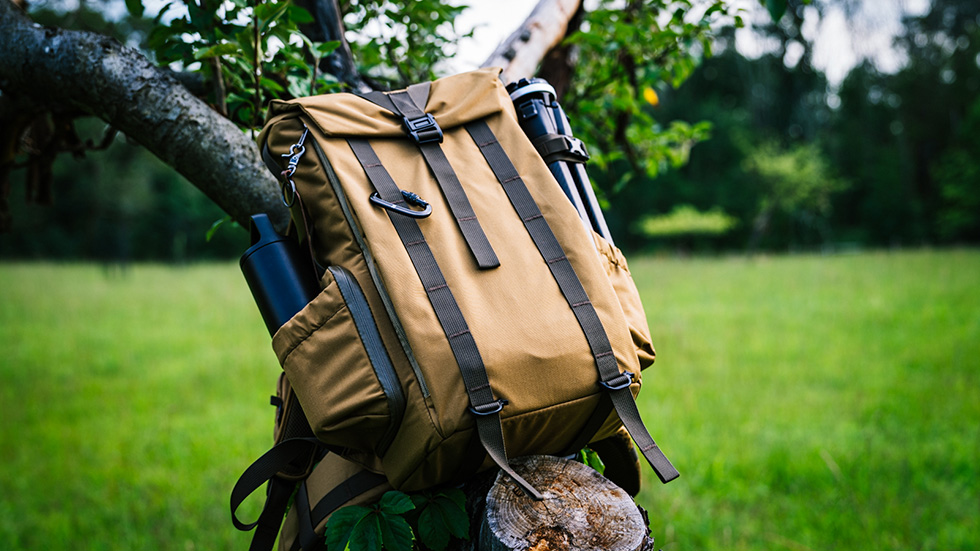
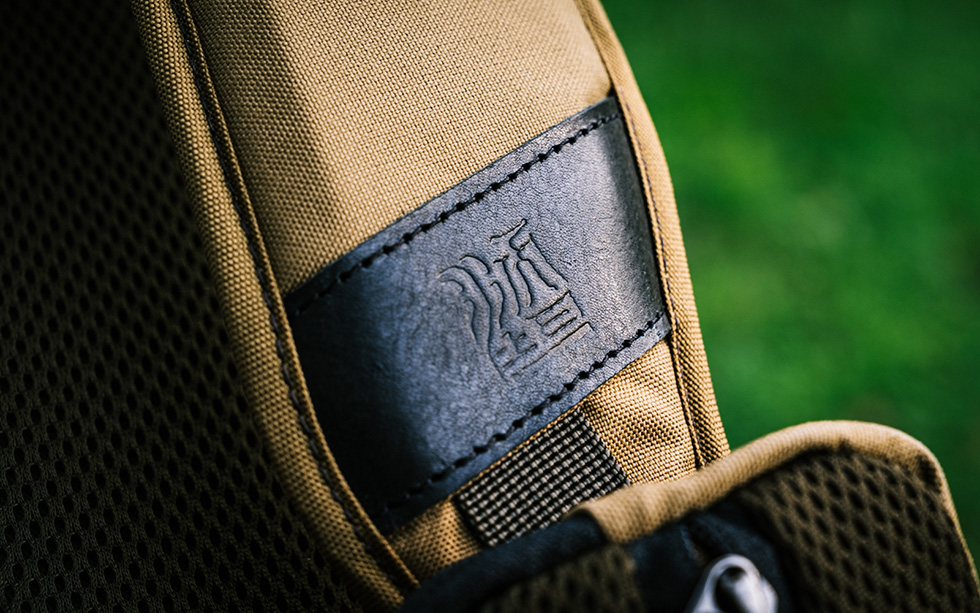
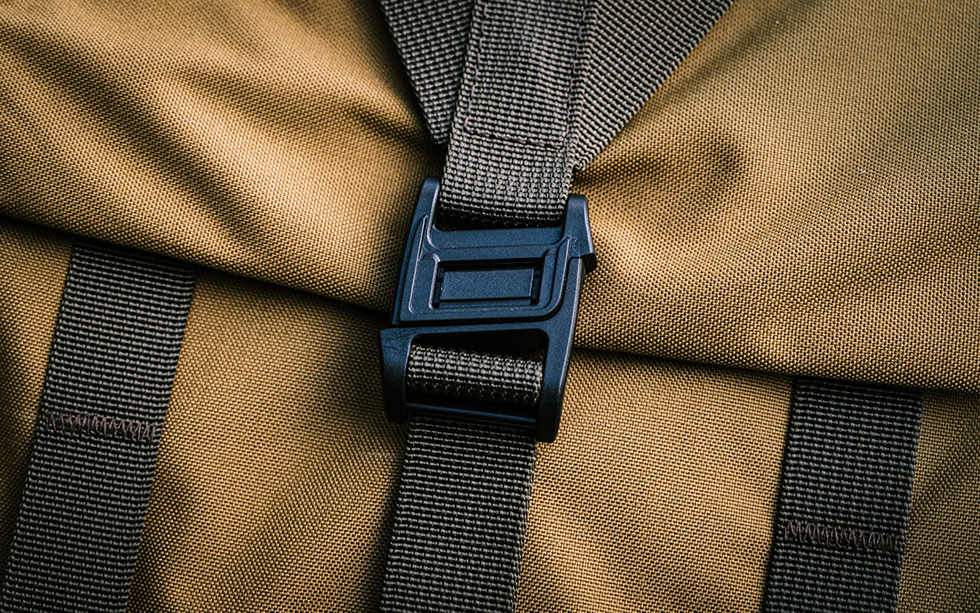
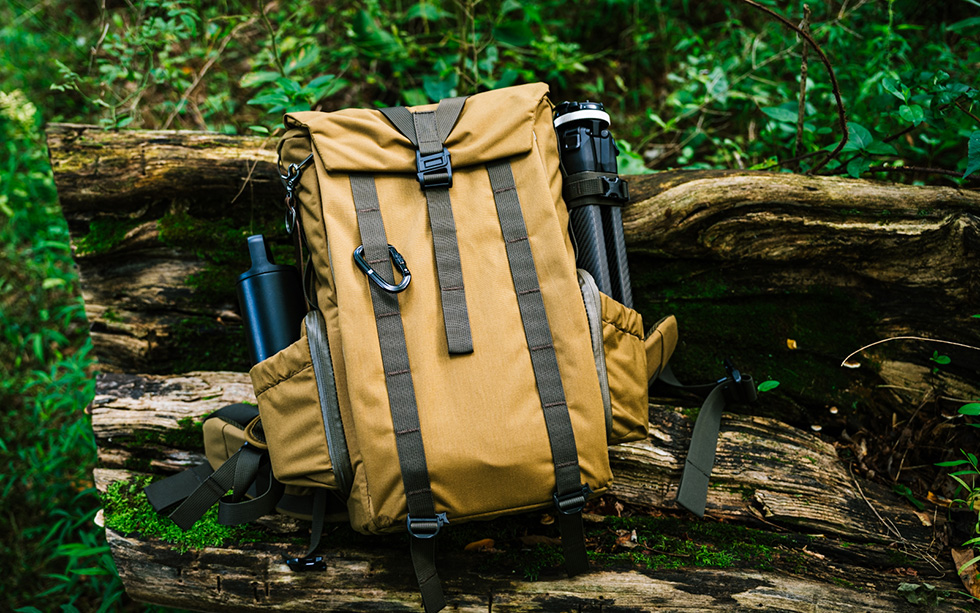
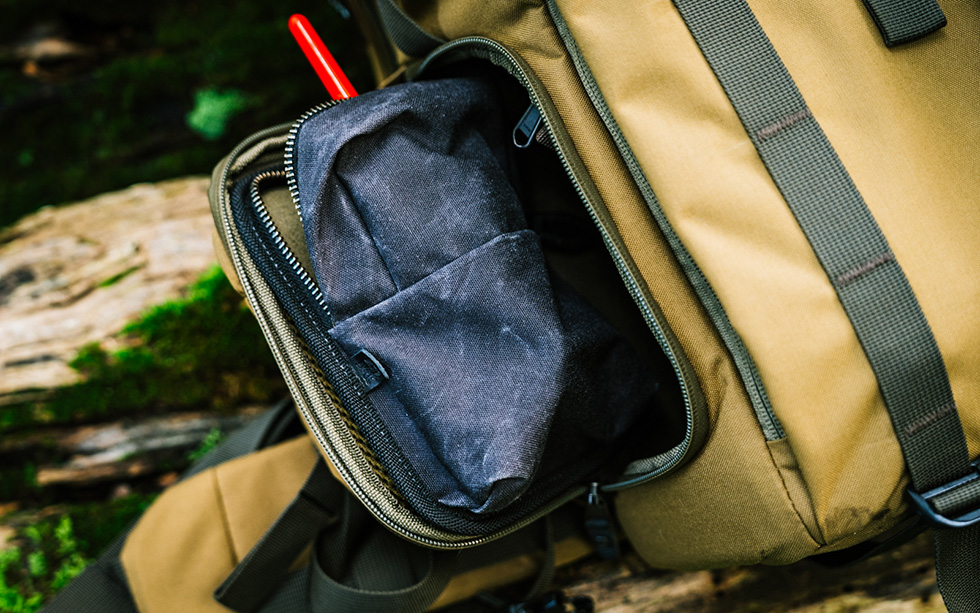
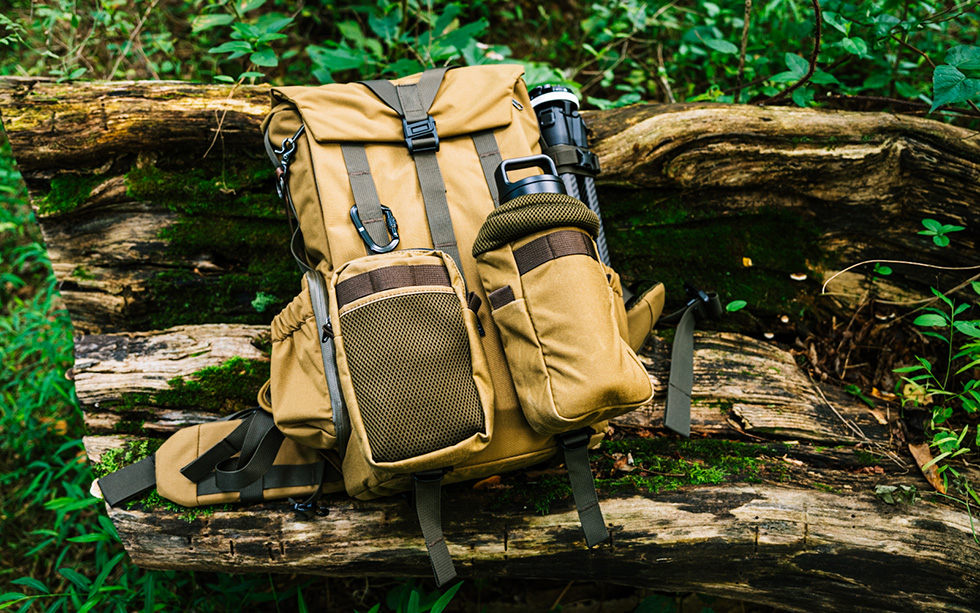
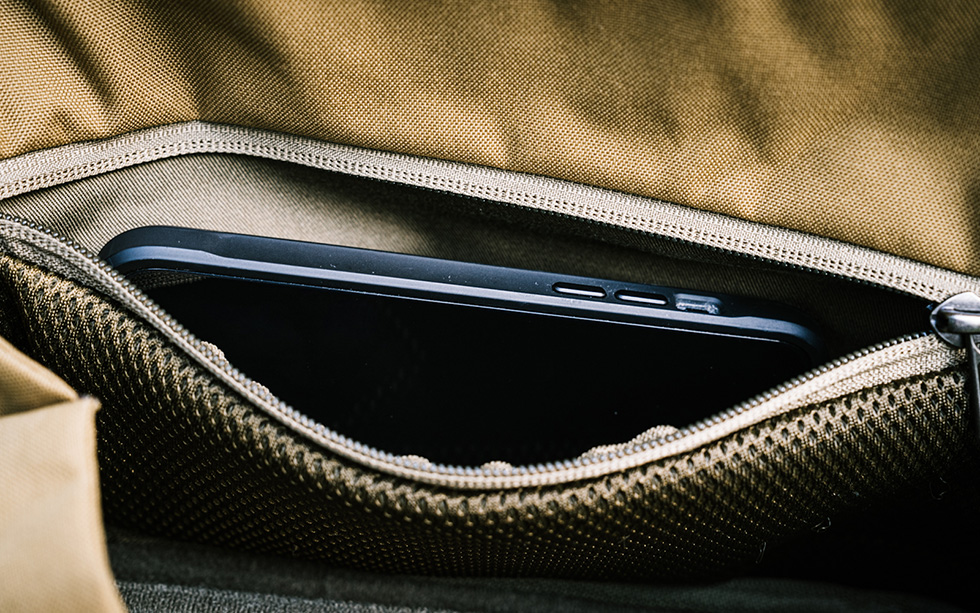
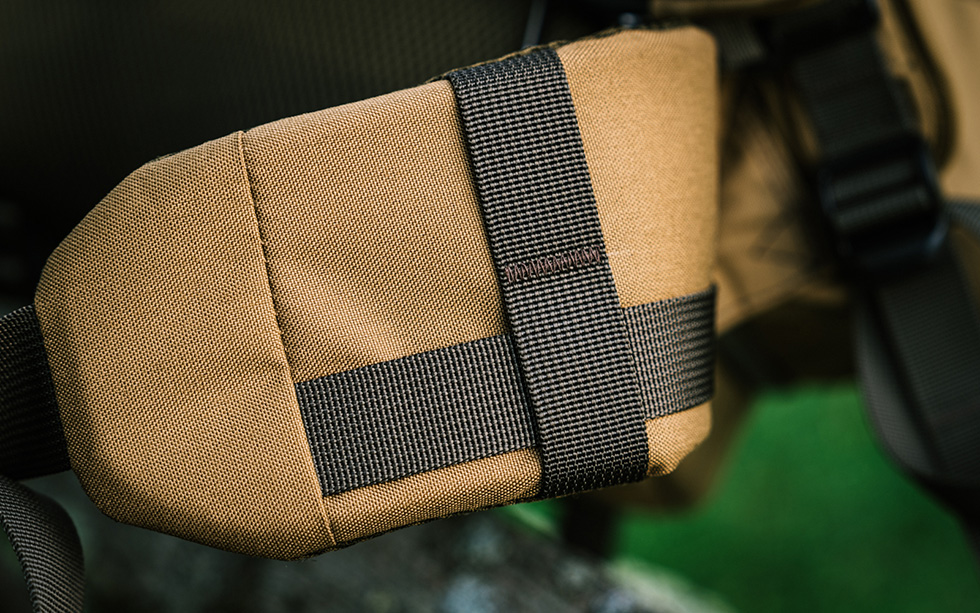
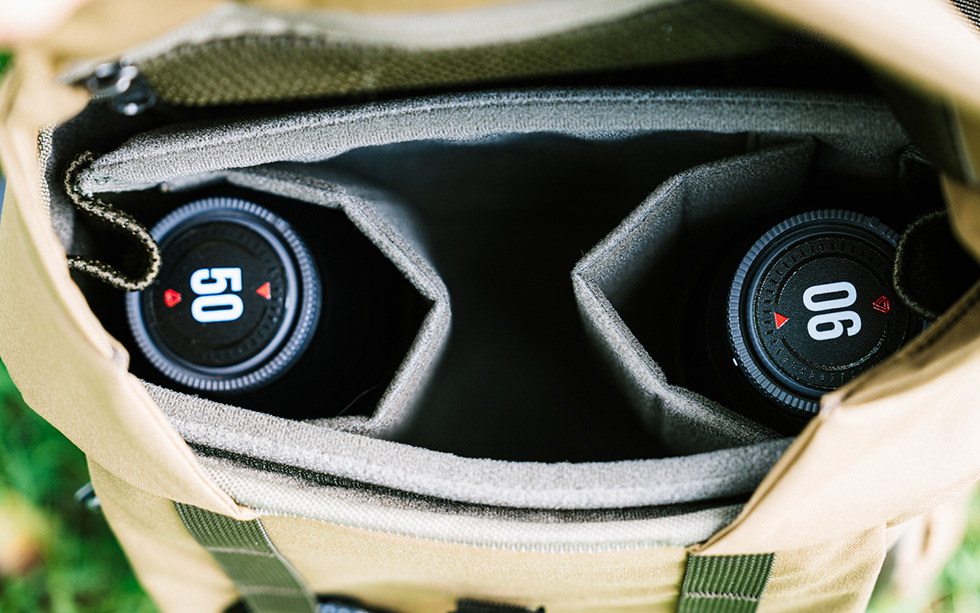
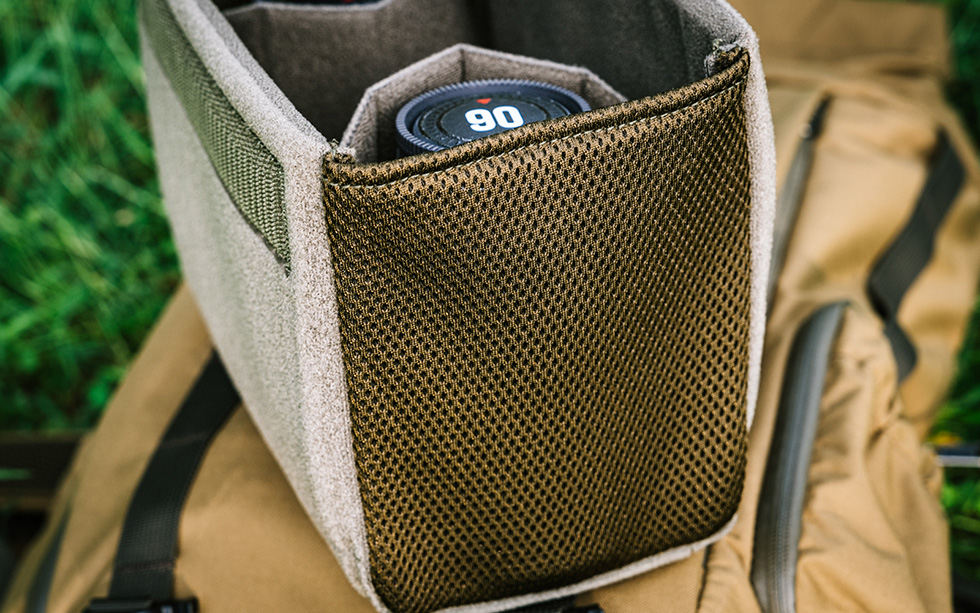
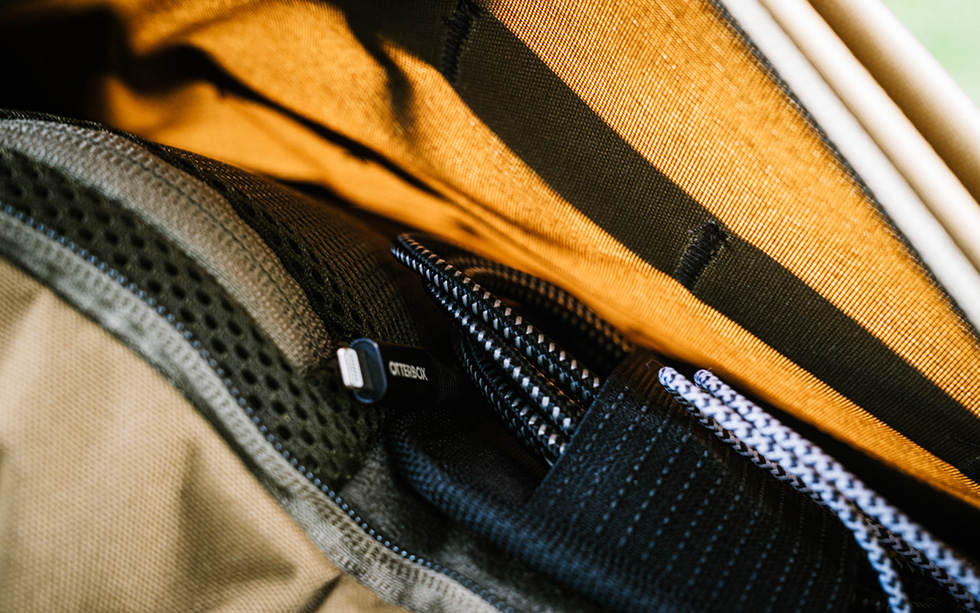
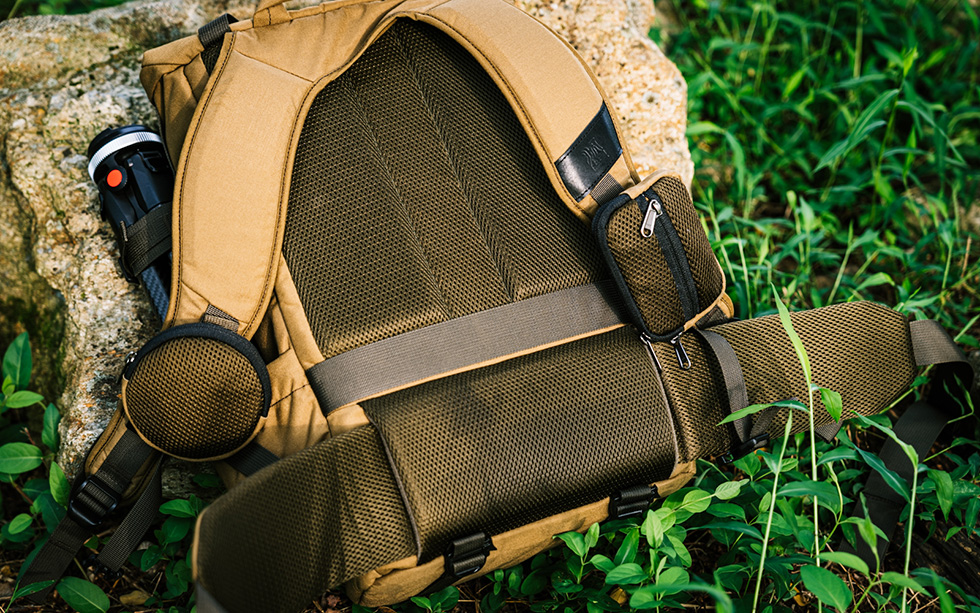
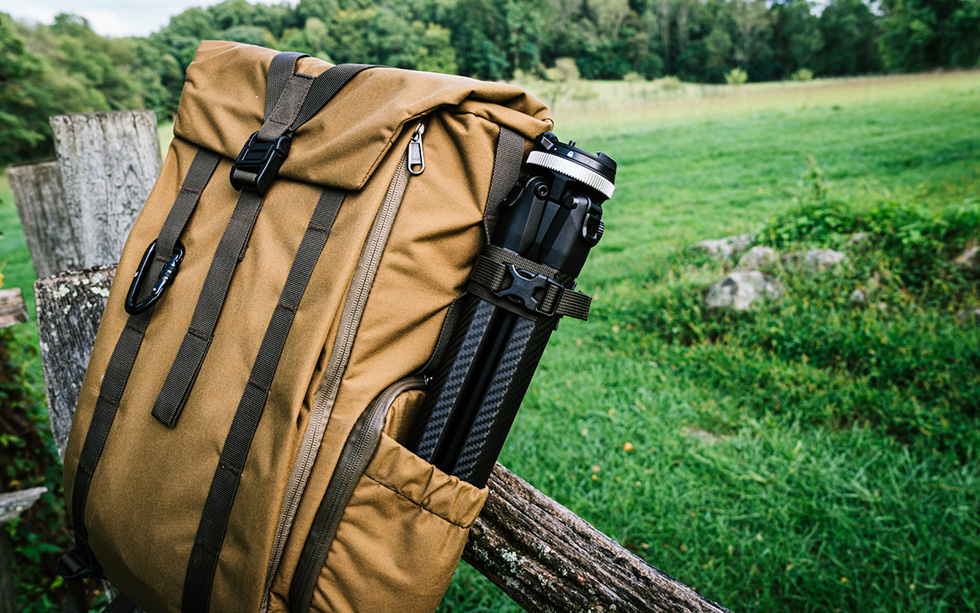
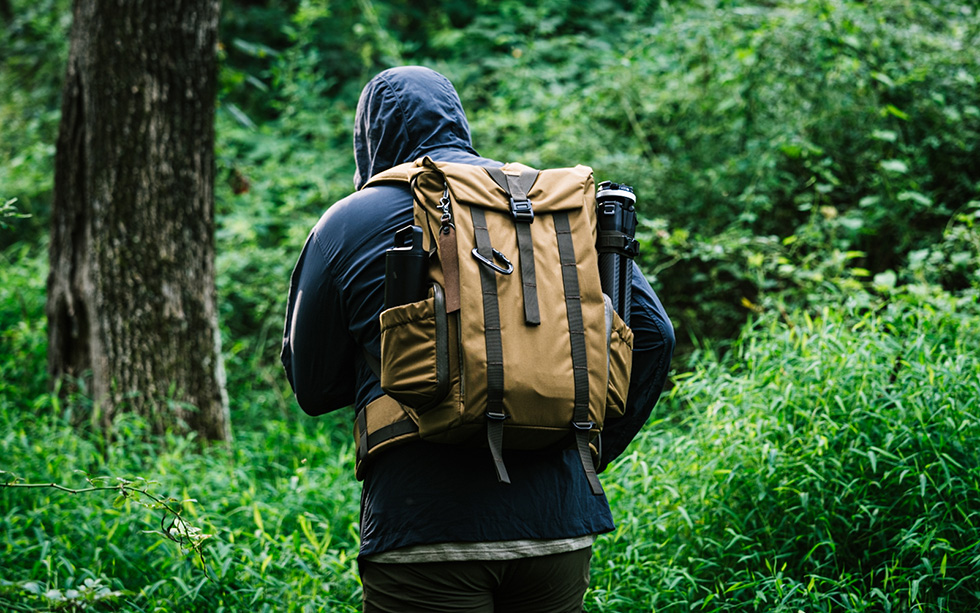
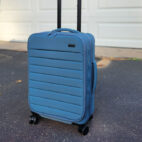

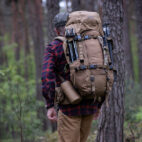
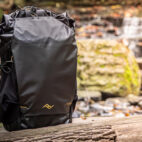
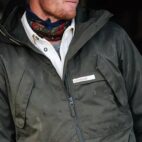
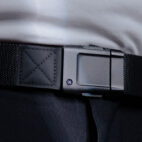
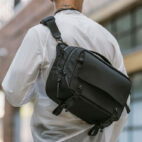




One thought on “WOTANCRAFT Pilot Travel Camera Backpack V2 Review”
Comments are closed.